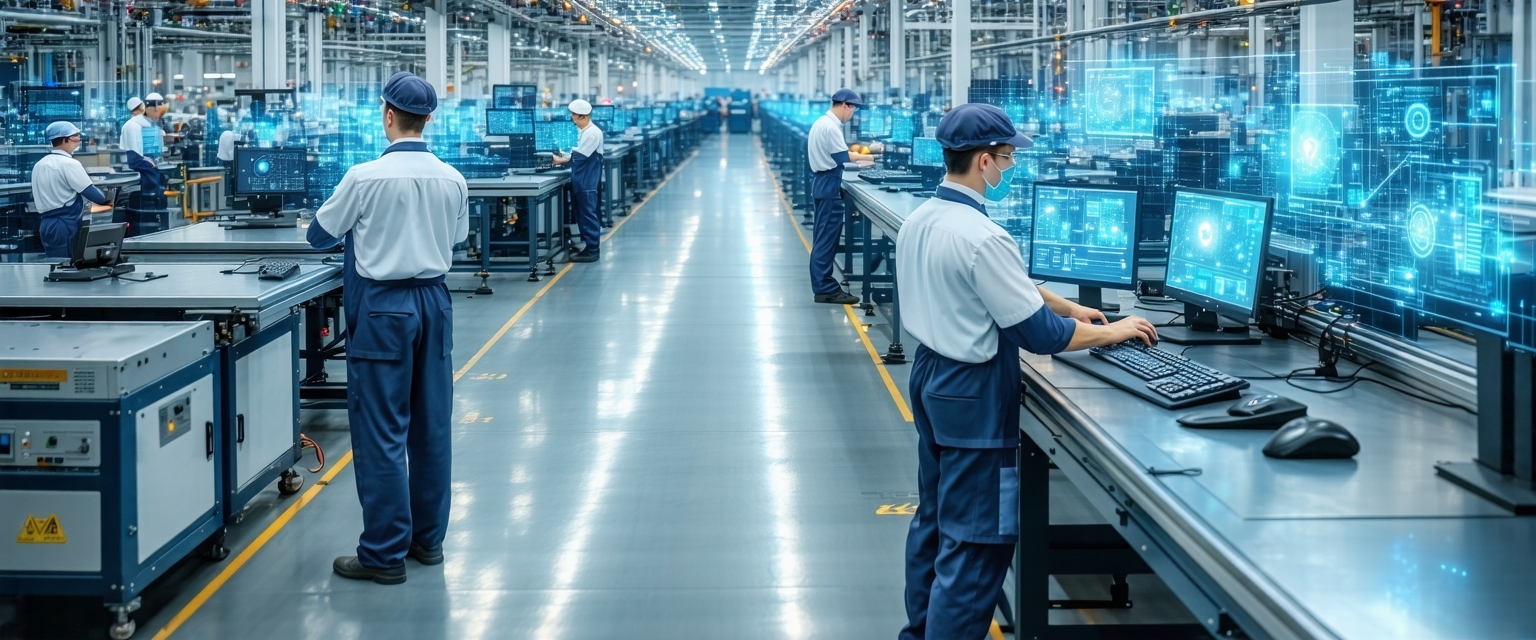






Smart manufacturing represents a paradigm shift in industrial production, leveraging advanced technologies to optimize processes, enhance efficiency, and improve product quality. Driven by the increasing need for flexibility, agility, and data-driven decision-making, this evolution is reshaping manufacturing across various sectors.
The rise of smart manufacturing is a direct response to several converging factors. Globalization increased competition, demanding greater efficiency and cost-effectiveness. Simultaneously, advancements in technologies like IoT, AI, and cloud computing provided the tools to achieve this.
Early automation efforts laid the groundwork, but smart manufacturing goes further, integrating data analytics and machine learning to create self-optimizing systems. This creates a shift from reactive to proactive management, enabling real-time adjustments and predictive maintenance.
Recent developments in smart manufacturing focus on enhancing connectivity, data analysis, and AI integration. The rise of digital twins, virtual representations of physical assets, allows for simulation and optimization before implementation. This reduces risks and speeds up the innovation cycle.
Furthermore, the adoption of edge computing is gaining traction, processing data closer to the source for reduced latency and improved real-time decision-making. This is crucial for applications demanding immediate responses, like quality control and predictive maintenance.
According to a report by Deloitte (“The Future of Manufacturing: Smart Factories”), the global market for smart manufacturing technologies is expected to reach trillions of dollars in the coming years. This reflects the widespread adoption across diverse industries.
Industry experts like McKinsey emphasize the importance of workforce upskilling and reskilling to ensure a successful transition to smart manufacturing. The integration of new technologies requires a skilled workforce capable of operating and maintaining these advanced systems.
While offering tremendous opportunities for increased efficiency and productivity, smart manufacturing also presents challenges. Cybersecurity risks are paramount, as interconnected systems are vulnerable to attacks. Data privacy concerns also need careful consideration.
The future of smart manufacturing likely involves greater autonomy, with AI-powered systems making increasingly complex decisions. The convergence of technologies like 5G, blockchain, and advanced robotics will further enhance capabilities. Addressing the skills gap and fostering collaboration across the value chain will be crucial for realizing the full potential of smart manufacturing.
“`